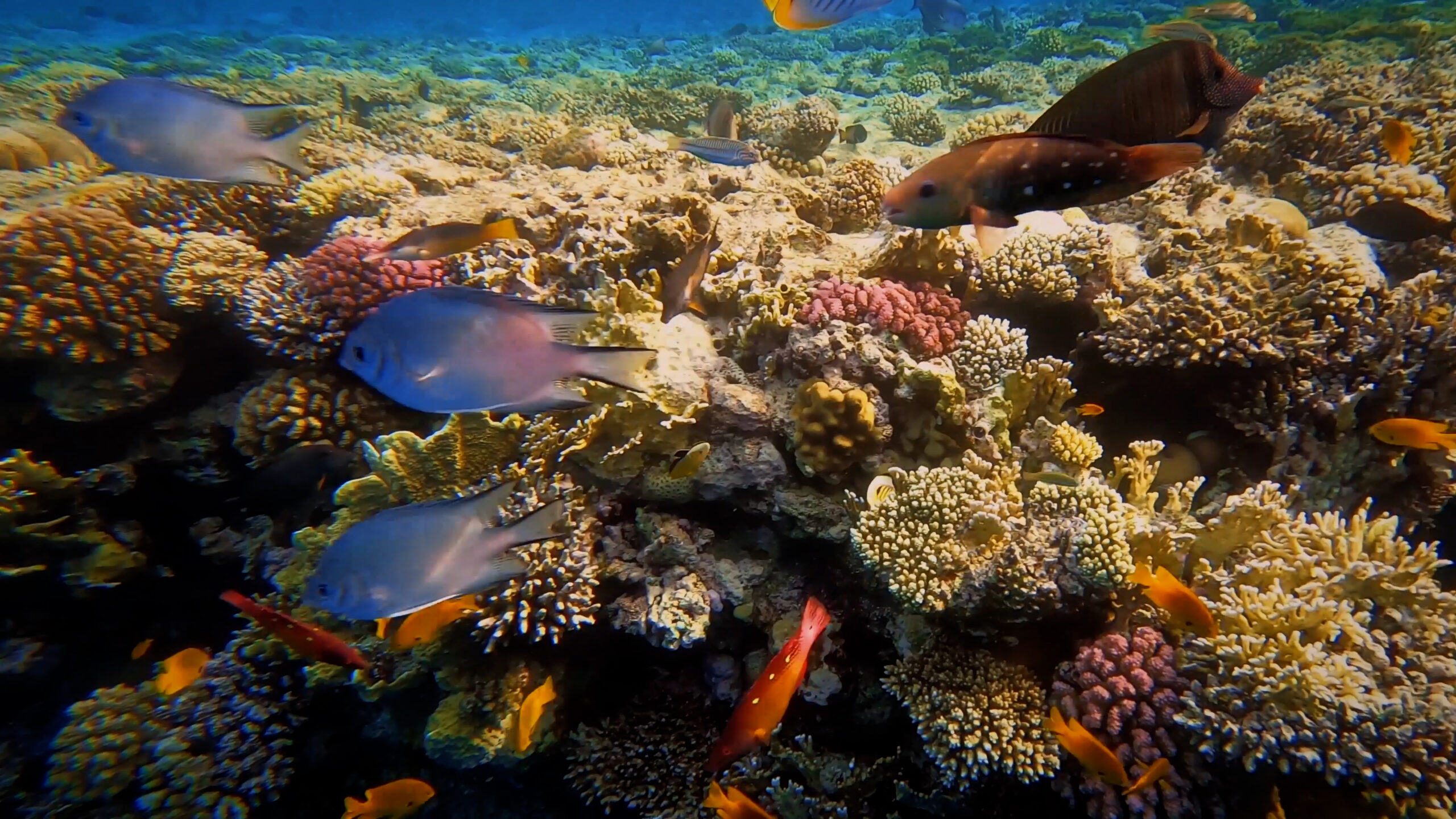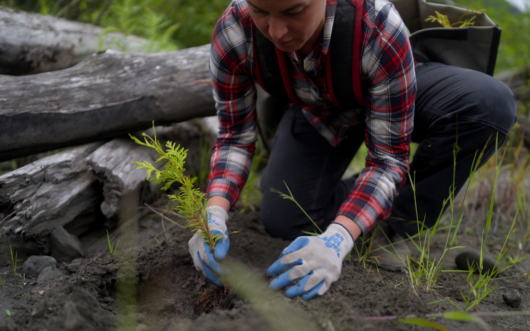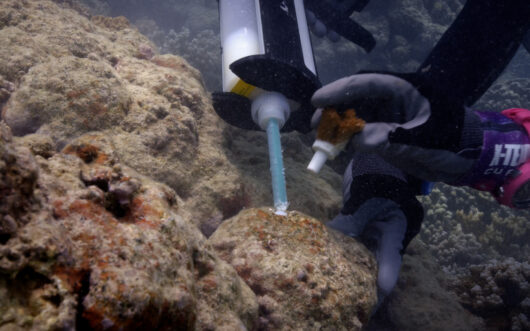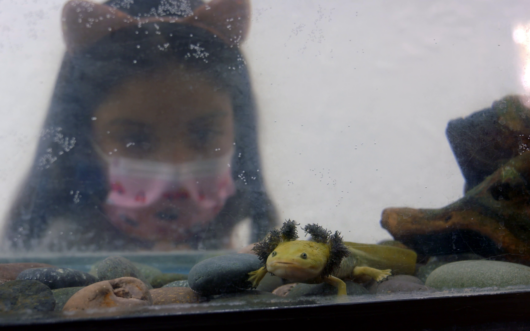Frog saunas, rebounding lynx, and heat-resistant corals
Iberian Lynx Recovery Hits Major Milestone
After a brush with extinction just 20 years ago, the Iberian lynx has made a remarkable comeback. The big cat’s recovery has been so significant that the IUCN announced it has downlisted the lynx from “endangered” to “vulnerable,” The Guardian reports.
The Iberian lynx — found only in Spain and Portugal — was nearly driven to extinction in the 20th century due to hunting and the collapse of its prey population, rabbits. But thanks to two decades of conservation efforts, the lynx’s population has grown from a low of just 94 individuals in 2002 to more than 2000 today. Conservation efforts have included bolstering rabbit populations, restoring habitat, and breeding lynx in captivity to improve genetic diversity.
“Over the next 100 years, we can probably get to the lynx being fully recovered in its native range,” Craig Hilton-Taylor, head of the red list unit at IUCN, told The Guardian.
Feeling inspired? To read more stories of species recovery, check out our Conservation Comeback series.
Ambitious Hawaii Reef Restoration Project is Underway
Earlier this year, conservationists launched one of their most ambitious reef restoration projects to date. Called ʻĀkoʻakoʻa (a Hawaiian word that means both “bringing people together” and “bringing coral together”), the project aims to restore 120 miles of coral reef off the west coast of Hawaii’s Big Island.
To help ensure that the reef can handle the extreme heat brought on by climate change, the team is selecting and breeding heat-tolerant corals.They plan to start releasing their resilient coral larvae into the restoration site next year, Mongabay reports. If successful, the project could act as a model for other similar efforts around the world aiming to restore this critical habitat in the face of climate change.
To learn about another Hawaiian lab breeding heat-resistant corals, check out the Wild Hope episode “Coral Comeback.”
Rebuilding Mexico City’s Chinampas to Save Axolotls
Chinampas — artificial, rectangular islands built on freshwater lakes — have been used to grow crops in the Valley of Mexico for hundreds of years. But much of the region today is home to Mexico City, a metropolis of more than 9 million people. Many chinampas have been abandoned or developed. Now, scientists are trying to bring back chinampas to help restore habitat for another Valley of Mexico native: the axolotl, a fully salamander endemic to the area. The plants cultivated in chinampas can help clean the surrounding water, providing a safe environment for the struggling axolotls, Mongabay reports.
The chinampa restoration project kicked off in the Xochimilco wetland area in southern Mexico City 15 years ago. Since then, 40 chinampas have been rehabilitated, representing about 30 acres. The goal is to restore ten times that amount in the next 15 years, creating a model for lake ecosystem restoration that benefits farmers, water quality, and axolotls alike.
To learn more about the struggle of axolotls in their native habitats — and the salamander-breeding nuns who are aiding conservation efforts — check out the Wild Hope episode “Salamander of the Gods.”
Coldplay Will Use Latest Album to Fight Plastic Waste
The rock band Coldplay is taking a green approach to the upcoming October release of its newest album “Moon Music,” The Guardian reports. The band has pledged that each of its vinyl records will be made from nine recycled plastic water bottles, while CDs will be made from 90% recycled plastic. To make this vision a reality, the band has partnered with The Ocean Cleanup, a nonprofit that develops technologies to remove plastic from polluted waterways.
To learn more about The Ocean Cleanup’s ambitious efforts to rid the world’s oceans of plastic, watch the Wild Hope episode “The Great Ocean Cleanup.”
Could Solar-Powered ‘Saunas’ Help Frogs Fight Disease?
Frog populations around the world have been devastated by a deadly fungal disease called chytrid, which has wiped out 90 species so far. The search for a cure or natural resistance has so far come up short, but a new study in Nature points to something that might help frogs fight infection: makeshift “saunas.”
Researchers constructed simple heat-trapping structures — essentially sun-heated bricks with frog-sized chambers inside — that can raise infected frogs’ body temperatures above the range where chytrid kills most effectively. They found that when frogs were given access to the structures, they chose to sit in warmer chambers that enabled them to fight off infection. These frogs also developed resistance against future exposure, Scientific American reports. While the technique has only been tested on a single frog species so far, it offers an important ray of hope in the midst of an amphibian crisis.
To learn more about chytrid and the race to save the world’s frogs, check out the Wild Hope episode “The Frog Ark.”





